BAE has won a $36.7 million contract from the US Navy to develop and demonstrate a next-generation, dual band Fiber-Optic Towed Decoy.
BAE Systems’ FOTDs are radio-frequency countermeasure systems that provide robust self-protection capabilities for any aircraft, including fighters, bombers, and transports. The company’s Dual Band Decoy development work is intended to expand the capabilities of its combat-proven AN/ALE-55 FOTD.
“Our towed decoys enable pilots to execute missions in highly contested airspace,” said Tom McCarthy, Dual Band Decoy Program Director at BAE Systems.
“ALE-55 FOTD is a reliable, high-powered jamming system with years of mission success on the F/A-18E/F and extensive flight-testing on a variety of aircraft. Under this new Dual Band Decoy contract, our focus will be building upon the ALE-55’s proven performance in order to defeat the threats of tomorrow.”
The primary role of the decoy is to protect the warfighter by luring threat missiles away from the aircraft, say BAE.
“The decoy also combines techniques that disrupt adversaries’ radar, preventing missile launch from occurring. Much like the ALE-55 FOTD, the Dual Band Decoy will interface with onboard electronic warfare (EW) equipment, but it can also operate independently, enhancing its effectiveness against current and future threats.”



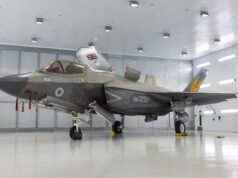
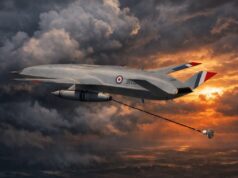

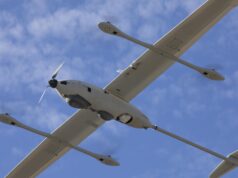

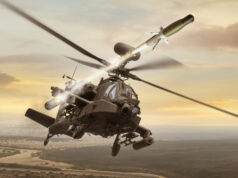
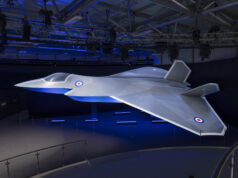

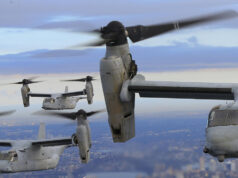


Towed decoys are very good a protecting the aircraft against radar guided missiles, absolutely useless against IR. Multi-spectrum flares are still used as decoys for IR missiles, except against newer imaging infra-red (IIR) sensors they are becoming redundant. This is because the IIR sensor is now looking at the whole image of the target rather than just a hot spot. The IR missile’s ECU is also measuring the speed of the target and compares it with its previous track, so if the target suddenly slows down, it will judge it as a decoy and ignore it.
What is needed is a combined RF and IR decoy, that is preferably towed behind the aircraft. This makes the decoy better mimic the targeted aircraft and thus hopefully protect it better.
Can anyone tell me what kit the RAF use for this purpose?
As it’s available of the net. The Typhoon now has two options, it has the original praetorian defensive aids system which incorporates a towed active RF decoy. It is also being integrated with Leonardo’s Britecloud active jammer decoy. It also uses multi-spectrum flares for IR decoys.
A lot of other RAF, FAA or AAC aircraft rely on either flares or chaff as defensive aids. Most of the large support aircraft such as the Hercules use an active IR countermeasure called directed infra red counter-measures (DIRCM) such as Leonardo’s Mysis. This is a turreted system which fires a laser at the IR missile’s sensor to either jam it or burn it out. It needs a lot of power, so some aircraft can’t have it. Then FAA’s Merlin has a pair of DIRCM mounted either side of the cabin, I’m kind of surprised the Chinook does not.
There are aspirations to have the Britecloud active jammer integrated with all the large RAF aircraft such as A400M, Poseidon, Wedgetail and A330. There have also been noises that the F35 will also get Britecloud. By comparison the Russian SU57 also has two DIRCMs installed.
Very informative, thankyou for going to all the trouble.